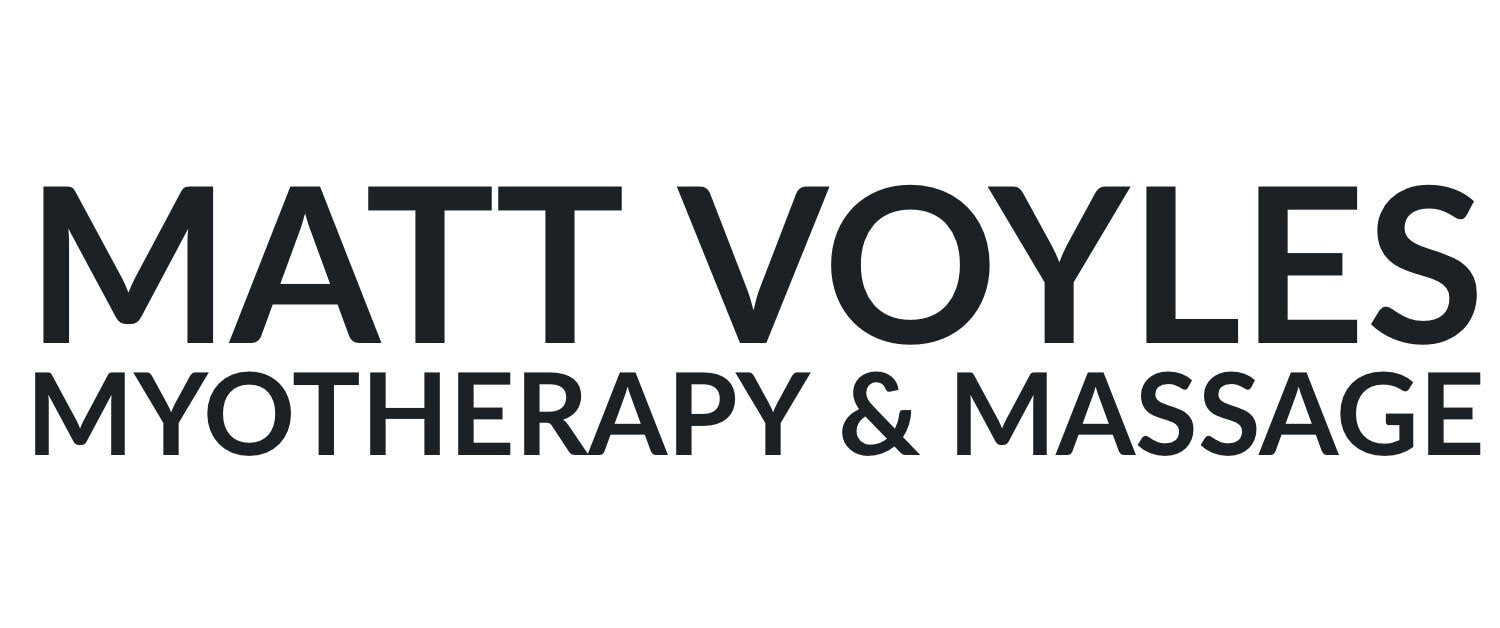How is myotherapy different to remedial massage?
What is myotherapy ?
A BLENDED TREATMENT APPROACH is what sets myotherapy apart from remedial massage, with techniques that go beyond the traditional ‘hands-on’ remedial massage.
These techniques may include:
1. Dry-Needling Treatment - for pain relief.
2. Corrective Exercises - just like a physio.
3. Special Stretch Techniques (PNF) & Gentle Joint Mobilisation - some extra oomph.
4. TENS (Electrical Nerve Stimulation) - for pain relief.
“Think of myotherapy as a bridge between remedial massage and physiotherapy..”
What is myotherapy and how does it differ from remedial massage? The key difference between remedial massage and myotherapy is a BLENDED TREATMENT APPROACH. Remedial massage is hands-on manipulation of soft tissue and stretch 'i.e. manual therapy’, whereas myotherapy blends massage with other techniques such as exercise prescription, dry-needling, TENS and gentle joint mobilisation (see box above). This is what sets myotherapy apart from remedial massage and ultimately this leads to better outcomes for the client than just massage alone.
Many myotherapists (like myself) start life as a remedial massage therapist, but then go on to complete higher studies to advance their clinical knowledge and grow their treatment options beyond traditional ‘hands-on’ remedial massage techniques.
How does this all work together? For example: a common RSI injury is tennis elbow: a myotherapist will sit down with the client for a consult and assessment to figure out what’s going on. This would be followed with remedial massage (to relax affected muscles, alleviate pain), dry needling (also to alleviate muscle pain) and a few home exercises for the client (to initiate rehabilitation of the muscles). A blend of techniques work to achieve a desired outcome. Home care tips and injury management advice are an important part of it as well.
A myo treatment may be a single maintenance session or, for chronic pain & acute injuries, a series of treatments.
Common conditions treated by myotherapists include: lower back pain, RSI injury (e.g. tennis elbow, runners knee) or restricted shoulder movement (rotator cuff tear). If a myo can’t help you, they will refer you to someone who can.
A loose analogy is to think of myotherapy as a bridge between remedial massage and physiotherapy.
-Matt Voyles Myotherapist & Remedial Massage Therapist
Notes: * RSI presentation = repetitive strain injury e.g. tennis elbow, runners knee


